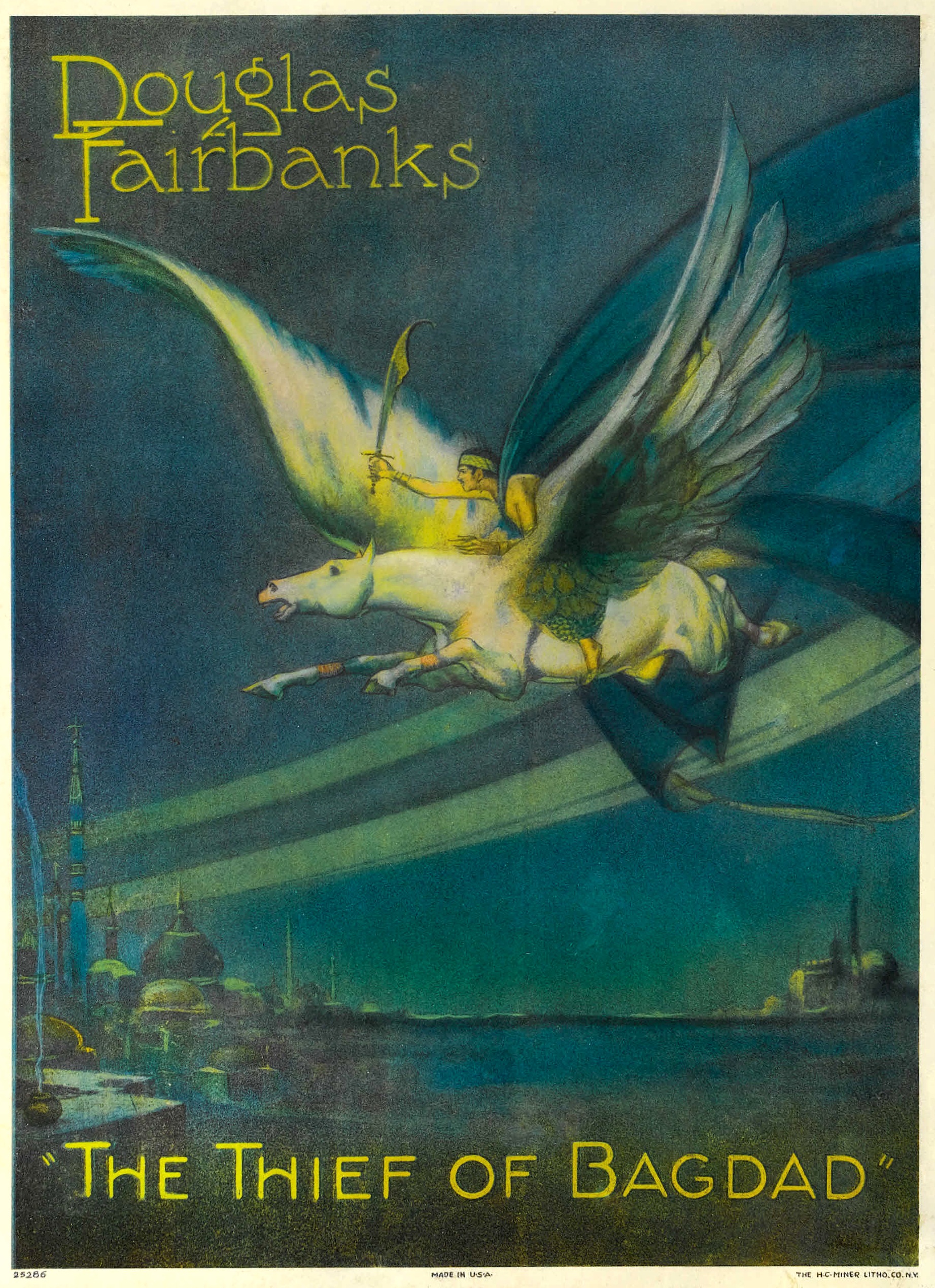London, 1940. Catrin Cole (Gemma Arterton), writer of a newspaper comic strip, finds herself unexpectedly summoned to the office of Roger Swain (Richard E. Grant), head of film at the Ministry of Information. Rather than the secretarial position she expected to be offered, she has been recruited to assist with writing the “slop”, i.e. providing an authentic female voice to write dialogue which will appeal to the female audience of British informational and propaganda films. As a woman, she is of course hired at a reduced rate, but any money is welcome is as her “husband” Ellis Cole (Jack Huston) is an unemployed artist who was disinherited due to his politics and whose depiction of bombed out buildings is considered too depressing to be commercial.
Catrin is soon called in to assist screenwriters Tom Buckley (Sam Claflin) and Raymond Parfitt (Paul Ritter) on a new feature length film about Lily and Rose Starling (Francesca and Lily Knight), who stole their father’s boat to help with the evacuation from Dunkirk. Upon interviewing the sisters, Catrin is disappointed to learn that their boat broke down before they made it to Dunkirk and the newspapers exaggerated their story, but she chooses not to reveal this information – partly for fear of losing her freshly negotiated pay rise, but also because the efforts of these two shy women acting in defiance of a drunk and abusive father are worthy of celebration. Buckley – who recommended Catrin to her Ministry position in the first place – is initially very much the entitled abusive prick with an incipient drinking problem of his own (the legacy of a similar upbringing to the Starling sisters), but mellows and begins to exhibit worthier character traits as he develops a greater respect for Catrin as both a writer and a human being.
At first Catrin needs to fight to keep the Starling sisters at the centre of their own story as nobody is willing to believe that an audience would accept two women in such a lead role. They reduce the sisters’ age from 30 to 21, give Rose a soldier boyfriend named Johnny, and change their father into a comedy drunken uncle who pilots the boat. The film is at risk of further distortion when the Secretary of War (Jeremy Irons) tells them to insert an American into the story to increase the potential international impact of their domestic propaganda film. But as the production continues to develop, Catrin’s constant willingness to champion the Starlings manifests in an increased influence over the narrative’s development, gradually increasing their participation in the story and eventually allowing her to give one of the sisters a pivotal role in saving the boat’s passengers.
Their Finest (2016) is very much a female-driven film, highlighting the gender disparities of the 1940s whilst emphasising the ways in which the war allowed women to move outside of the spheres to which they had previously been constrained. The most prominent example in the film is Phyl Moore (Rachael Stirling), the executive officer assigned as liaison between the screenwriting team and the Ministry of Information. Clearly coded as lesbian, the male screenwriters are inclined to see her as an interfering spy who must never be allowed access to their work, whereas Catrin can relate to her as an ally and is able to form a more productive relationship, both as a colleague and a friend. Nothing is ever really made of her sexuality (apart from a query about why a female love interest has to be male), but it doesn’t come across as tokenistic in any way and Stirling is wonderful in the part. Distinguished actor Ambrose Hilliard (Bill Nighy) is at first resistant to taking the role of the drunken uncle, unwilling to let go of his glory days as a romantic lead, but when his recently deceased agent’s sister Sophie Smith (Helen McCrory) takes over her brother’s work, she takes a much firmer hand in managing his expectations. Claudie Jessie and Stephanie Hyam shine with enthusiasm as the actresses playing the fictional versions of the Starling sisters, although there’s unfortunately little opportunity to see them out of character. Rebecca Saire’s mortuary nurse has a much smaller role but her character stands out as an exemplar of professionalism and compassion. Finally, Catrin’s efforts as a screenwriter are shown to have an empowering effect on the lives of the actual Starling sisters – her vision of how their life might have been inspires them to break away from their father and join the Auxiliary Territorial Service.
It comes as no surprise to find a fine lineup of female talent behind the camera as well. Danish director Lone Scherfig had previously worked with male lead Sam Claflin on The Riot Club (2014), an examination of toxic masculinity and male privilege, although she’s better known for making romantic comedies – a categorisation which could arguably be applied to Their Finest, although its more bittersweet elements make it an uncomfortable fit. Screenwriter Gaby Chiappe had almost 20 years of experience writing for television before making her feature film debut with this adaptation of Lissa Evans’ novel Their Finest Hour and a Half (2009), which deservedly earned her two award nominations from the British Independent Film Awards and the Writers’ Guild of Great Britain. Her second film, Misbehaviour (2020), dealt with the 1970 Miss World competition, which has the double distinction of a high profile stage invasion by the women’s liberation movement and the first instance of a black woman winning the crown.
Prior to seeing Their Finest, I’d only seen Gemma Arterton in St Trinian’s (2007) and Quantum of Solace (2008) – both strong performances suggestive of a wider range, which it was a pleasure to see on display here. Rachael Stirling (daughter of Dame Diana Rigg) made an immediate impression as the lead of lesbian drama Tipping the Velvet (2002) and is on fine form here, dominating the screen whenever she appears. I’m used to seeing Helen McCrory in more villainous roles (Doctor Who: The Vampires of Venice, Penny Dreadful, Narcissa Malfoy in the Harry Potter films), so it’s a pleasant change to see her in a more sympathetic (but still fiercely independent) role. Stephanie Hyam went on to play the companion’s girlfriend in Peter Capaldi’s final year of Doctor Who (2017), while Claudia Jessie has been seen more recently in the breakthrough hit series Bridgerton (2020) as the most interesting member of the Bridgerton family.
The character of the film producer felt at least partly inspired by real life Hungarian-born producer Emeric Pressburger, who paired with director Michael Powell to produce a highly regarded body of work both during and after the war. Having thoroughly enjoyed the WW2-set supernatural romantic comedy A Matter of Life and Death (1946), I thought I’d watch another of their films to pair up with Their Finest – but, having watched the first hour of The Life and Death of Colonel Blimp (1943), I decided that I really wasn’t in the mood. My subconscious must have been telling me something, though, because my next random viewing choice was also set in the era – the rather different Doctor Who: Victory of the Daleks (2010).
The Doctor (Matt Smith) and his new time-travelling companion Amy Pond (Karen Gillan) materialise in the Cabinet War Rooms in 1941, arriving one month after Prime Minister Winston Churchill (Ian McNeice) telephoned for assistance. In the Doctor’s absence, Churchill has approved the development of Professor Edwin Bracewell’s (Bill Paterson) “Ironsides” program, which in remarkably short order has managed to create a number of armed & armoured travelling machines suspiciously similar to Daleks in WW2 drag. This turns out to be an elaborate attempt to troll the Doctor, as the Daleks trundle around pretending to be servile until they provoke him sufficiently to say just the right words to trigger the creation of a new race of genetically pure Daleks. The Doctor is forced to decide between destroying the new Daleks or saving the Earth, and Amy demonstrates she has the emotional intelligence to convince a Dalek-created android to embrace its fake human memories rather than self-destruct.
The Daleks are an obvious thematic fit for World War 2, having originally been created by Terry Nation as thinly-veiled SF Nazi analogues, a connection made explicit in Doctor Who: Genesis of the Daleks (1975). In the context of the series, the purpose of this story is to return them to their original concern with genetic purity – most of the Daleks seen over the course of the previous few years had been genetically engineered compromises containing very little Dalek DNA, introducing an interesting strain of self-hatred to their characterisation but preventing them from being able to access their own technological heritage. In the context of the story itself, Churchill’s embrace of the Daleks represents the military argument that one must adopt the tools and techniques of the enemy in order to defeat them. The Doctor’s exposure of the Daleks’ agenda is a repudiation of this line of thinking, demonstrating that by embracing these poisonous ideals Churchill has opened his own people up to being destroyed and replaced by the ideology they were fighting. The propaganda aspect of the victory is emphasised by a post-victory scene in which a group of ordinary English soldiers restore the nation’s flag (felled during the fighting) to its position of prominence.
The contemporary female characters aren’t as prominent here as they were in Their Finest, but it is worth noting that only the female members of Churchill’s staff have any dialogue or significant screen presence – male officers are present but are consigned to the background. I do wish, though, that author Mark Gatiss had been able to resist the cliché of a female radio operator concerned for the safety of her missing pilot boyfriend, whose death is revealed in the wake of the larger victory to provide a bittersweet reminder that the war continues to take its toll. It’s not that it’s out of place in the story, more that it’s so crashingly unoriginal a trope that the viewer can easily predict every plot beat.
One puzzling element of the story is the author’s decision to date it circa October 1941. Gatiss did his fair share of research when putting the story together, visiting the real Cabinet War Rooms and reading various first-person accounts of the era. Maybe he didn’t put quite as much research into the dates, as the story appears to be set during the Blitz – a campaign which had ended by June 1941, several months before this story’s supposed setting. Although given that one of the primary pleasures of this story is the ludicrously unlikely spectacle of Spitfires in space facing off against a Dalek mothership, it’s probably not worth making too much of a fuss about.
On the whole, the story is an enjoyable bit of tosh which I’ll happily allow to whoosh past without any particular need for critical thought. My one regret is the poor public reaction to that lovely Licorice Allsorts collection of colourful new Daleks, the so-called “New Dalek Paradigm”, which were swiftly shuffled under the carpet and redesigned. I’ll admit that their midsections looked a bit clunky, but I loved the colours and had an immediate visual flash of a green Dalek which would match their aesthetic perfectly. We never saw Daleks this vibrantly coloured again, and that’s a real shame.













